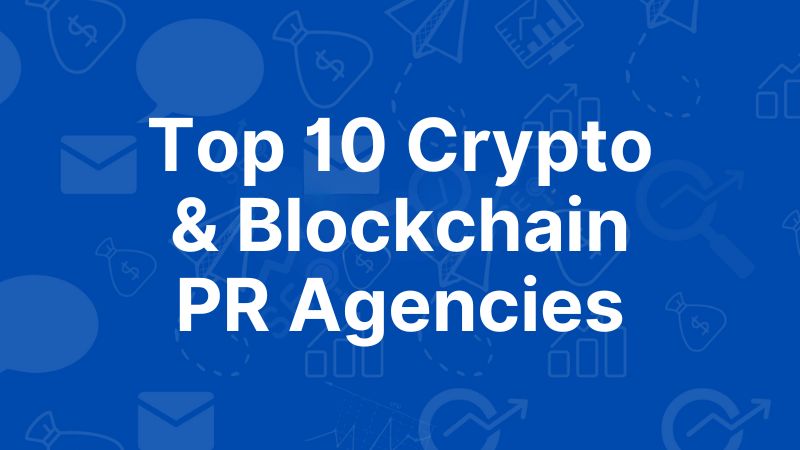In this article, we will cover all the documents that you need to sell on Amazon. What are your individual responsibilities as a seller?
The “how to sell on amazon for beginners” is a guide that will help you know what documents you need to sell on Amazon. The document includes the necessary items and links to where they can be found.
Amazon has risen to become the world’s biggest e-commerce platform in recent years, producing nearly $470 billion in sales last year alone. Ordinary folks are increasingly eager to get into this captive market and learn how to sell on Amazon in order to share in the cash jackpot.
If you want to sell anything on Amazon, you have two options: FBA (Fulfillment by Amazon) or Marketplace. The former enables you to send orders straight from your warehouse, whilst the latter needs you to complete orders yourself.
There are a lot of rules and laws that must be met regardless of the option you select, including possessing the proper papers to get started.
To assist you, we’ve included everything you need to know about selling on Amazon, as well as the paperwork you’ll need to get started — let’s get started!
Amazon’s Different Selling Models
It’s crucial to know what kind of seller account you want before you get started, whether you want to go with FBA or Marketplace.
Amazon’s Fulfillment by Amazon service allows small businesses access to Amazon’s large platform, allowing them to take advantage of Amazon’s increasing network of sellers’ numerous advantages.
The Amazon Marketplace, on the other hand, enables third-party companies to interact directly with customers through their website by selling things via Amazon’s own online shop.
Which Route Should You Take When Fulfilling Orders?

The first choice you’ll have to make when picking which path to pursue is whether to use an FBA or Marketplace Seller Account:
If you were previously a manufacturer that sold directly to consumers via a website, you could be a better fit for working as an FBA seller, where you can simply pack up all of your goods in your warehouse and send orders to customers.
However, you must personally complete each order, which means you must physically deliver each item ordered and verify that any returns are handled.
However, you will not earn 100 percent of your profit margin since Amazon pays a fee on all sales made via its site.
If you were a consumer-facing business before going into e-commerce, collaborating with Amazon Marketplace might be quite beneficial.
If you sell children’s toys, for example, you may already have a Facebook page advertising your brand and goods, allowing you to establish a client base in minutes!
When your fans begin to follow you, they will improve your organic reach and drive traffic to your Amazon listing.
As an extra advantage, more prospective purchasers will visit your shop instead of Amazon, increasing your visibility and exposure.
Types of Amazon Accounts

You’ll need to determine whether you want an FBA or Marketplace account, as well as what sort of Amazon Business account you’ll need to fulfill your tasks:
A Shop for Sale
This is for a retail company that needs a physical location, such as a clothes store, toy store, bookshop, and so on.
Wholesale
Grocery shops and pharmacies are examples of wholesale merchants.
From Asia, dropship/ship
If you’re selling globally, this model allows you to set up a centralized warehouse in China or another Asian country from which you may drop-ship items to individual clients all over the globe.
Fulfillment Center for Vendors (VFC)
These are similar to drop shipping, except instead of distributing items to individual consumers, they are set up to fulfill Amazon’s orders. As a result, you don’t get any money up front and depend only on Amazon to pay commissions after orders are completed.
Unlike drop shipping, however, you can only stock a restricted number of distinct categories, so you can’t utilize this service to build up a large inventory.
Global Trade Station by Amazon (GTS)
This option enables you to create your own logistics center to assist clients in importing and exporting products, either in the United States or overseas, depending on where you want to operate.
Locker on Amazon
Customers may buy qualifying products from one of numerous vendors and pick it up at their local Amazon Warehouse’s approved locker site.
You pay the cost of having your items transported to the locker location when you place an order with the store, and the seller covers the rest of the freight expenses.
The ideal solution will ultimately be determined by the type of your firm as well as your long-term ambitions and objectives.
You’ll Need These Documents To Start Selling On Amazon

As previously said, there is no scarcity of documentation that you will need to get in order to begin selling on Amazon.
Despite what some suppliers may claim, these papers do not cover every step of the procedure. Instead, they just act as a preliminary check to ensure that you are eligible to begin selling on the site.
Therefore, you should prioritize getting these papers, since you will require extra information to confirm that you are qualified to continue on your new trip.
Information on Business
The first thing that you will need is your Information on Business – this is its legal name, the address of operation, and any contact information.
You’ll also need to enter an email address for the account, which should be a top priority since Amazon sends a lot of critical emails.
Card Payment
In order to register as a seller, you will also require a Card Payment that is internationally chargeable, and this will need to be connected to a valid billing address, or it will be automatically canceled by Amazon.
Business Permit

This is likely the most fundamental necessity of any kind of company, yet it is often disregarded as part of the whole process.
If you are planning on running an established business, you are required to register your company and apply for a state-issued Business Permit before attempting to sell on Amazon.
If you decide to set up an unregistered business like a side hustle or home-based business, you will still require a valid Business Permit.
In both cases though, you must keep your Business Permit current at all times. To check where you live, visit your state’s Department of Revenue website.
Taxpayer Identification Number (TIN)
Your Taxpayer Identification Number (TIN), including your Social Security number, serves as proof that you are who you say you are when listing items on Amazon.
It will also serve as a point of reference if something happens to your tax filing information, such as a change of residence.
As a result, you should double-check that your tax ID number is included anywhere on your personal filing papers.
If not, you should contact the government agency in charge of your taxes and request that copies of any necessary papers be sent to you. This might contain your tax return as well as other filing records.
Identification Proof
This is a kind of identification that includes crucial background information about you and your family members. Name, date of birth, social security numbers, and other personal information are among them.
Your bank or financial institution is the ideal location to receive such identification. They’ll probably have a list of approved IDs, and you should be able to choose from it before giving them your needed information.
It’s possible that a passport or driver’s license will be accepted here; check the terms of your geographical region for further information.
Address for Business
You will be required to give documentation of your company’s address, which may be the same as your home address or a distinct business location.
Utility bills are a great method to show this, so make sure you have a couple on hand.
Statement of Accounts
You will need to preserve copies of the statements of any accounts that belong to you personally, in addition to your own money. Keep these papers in a file with your other personal documents so you can find them quickly when you need them.
Receipt for Property Tax
If you wish to sell real estate-related things on Amazon, you must have certified documents showing ownership of the property.
This often includes tax revenues. You are free to use these papers whatever you wish, however Amazon requires a copy with the property number and purchase year.

Policy of Insurance
Proof of liability insurance is required when selling items via Amazon FBA. This implies that you would be protected if someone tried to sue you and won damages.
Most companies do not provide this kind of insurance, although it is normally available for a monthly fee.
Returns on Sales Tax
Except for California, all states require seller-paid sales taxes to be reported to the government. Keep a copy of each report you send to Amazon, and submit these reports with your invoices when you submit your first three months of sales.
Origin Certificate
In some cases, a Origin Certificate may also be required – this document shows that you manufactured the product shipped to Amazon, and it is signed off by an authorized representative who has inspected the workmanship.
Last Thoughts
While getting started as an Amazon seller may take some time, it is an income stream that may pay off in the long term, so it is well worth the time to double-check that everything is in order so you can start profiting right away!
Check out Amazon’s own policies for more information.
The “how to become an amazon seller” is a question that many people have been asking. This article will answer what documents you need to sell on Amazon.
Frequently Asked Questions
Related Tags
- what can i sell on amazon as a new seller
- what to sell on amazon
- how to sell on amazon and make money
- how to sell on amazon for free
- how to sell on amazon from alibaba


